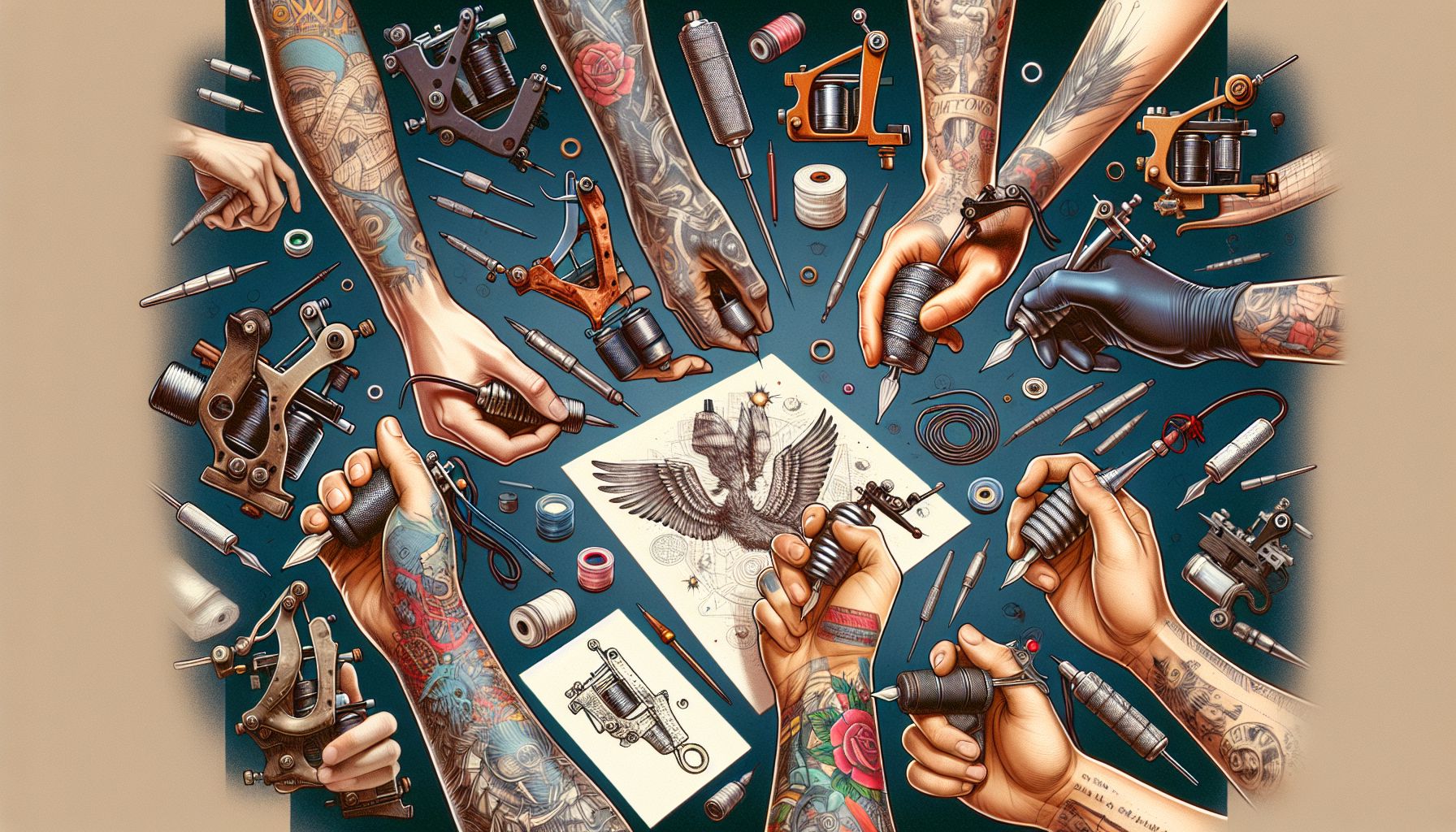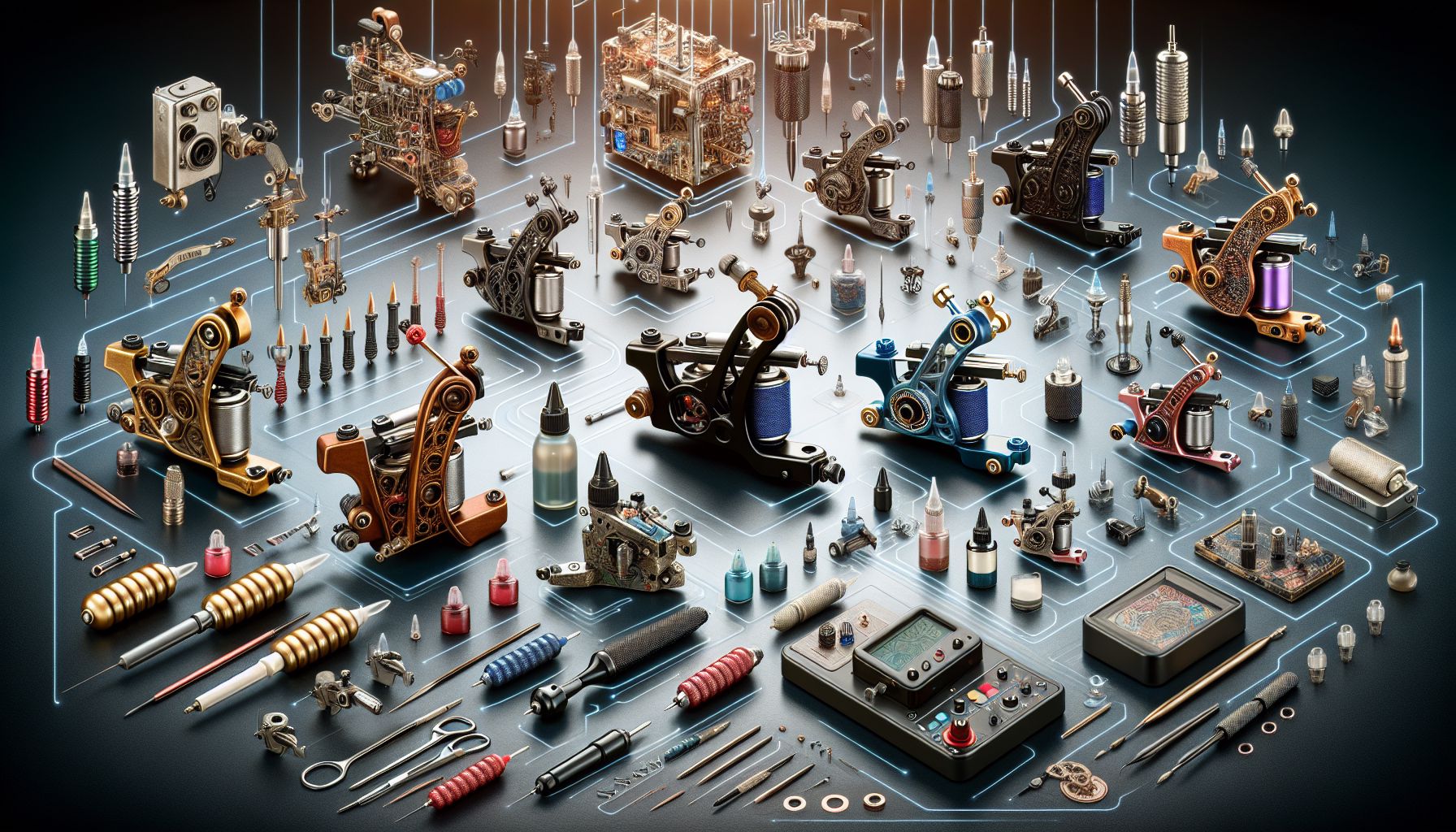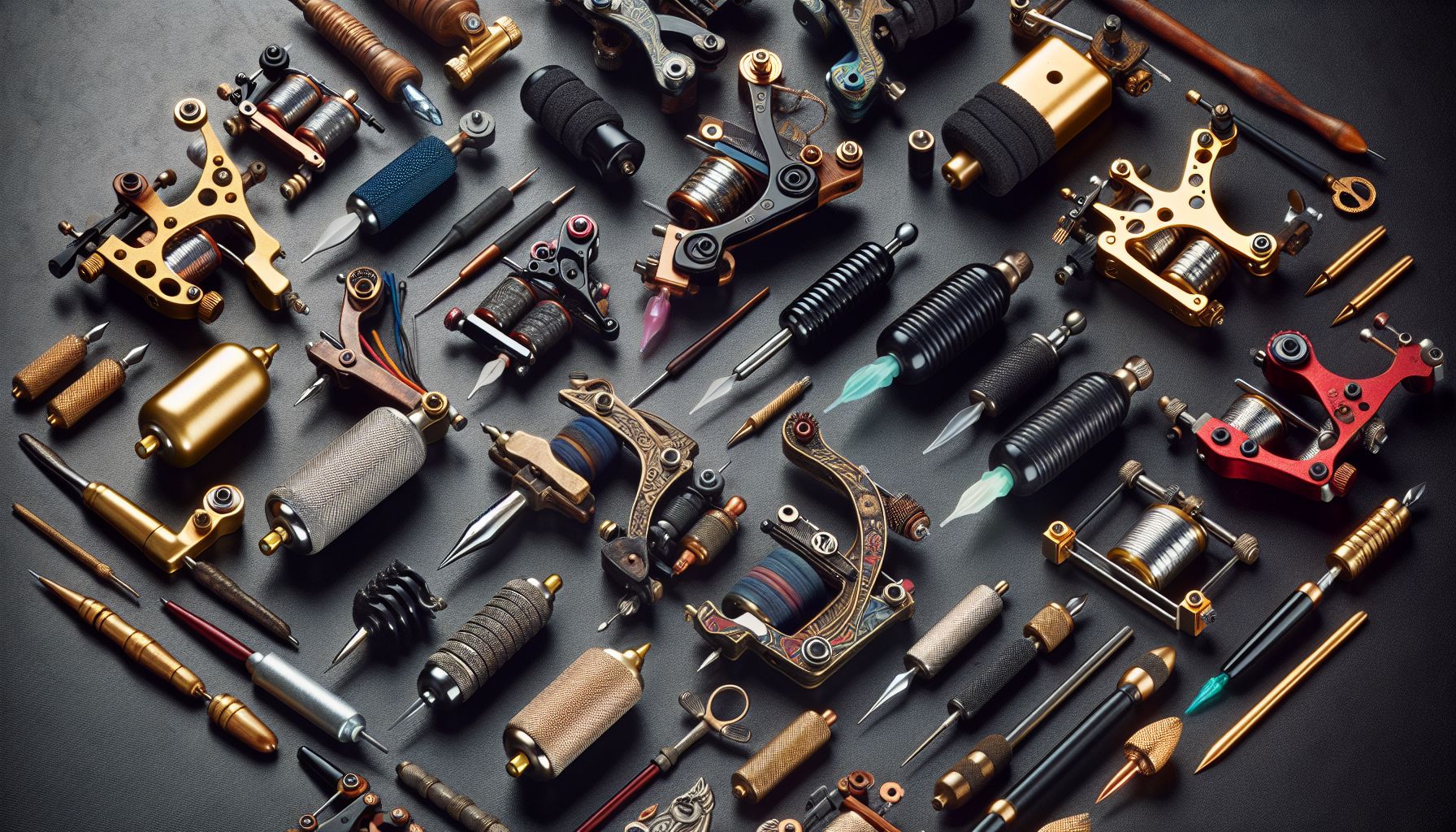Tattooing has transcended time, evolving from ancient traditions to modern artistry, and so have the tools of its trade. One of the most crucial elements in any tattoo artist’s toolkit is the tattoo needle, an item that may seem minute but is integral to the quality of the artwork created on skin. Tattoo needles have undergone a remarkable evolution, shaping the industry and the work produced within it. In sharing my journey and experience within the world of ink and needles, I hope to unfold the layers of understanding around these tiny yet mighty tools and guide both seasoned professionals and newcomers to make well-informed decisions about their tattoo supplies.
The Heart of Tattooing: Tattoo Needles
In my years of tattooing, I’ve seen the journey of tattoo needles from rudimentary devices to the precision-engineered pieces they are today. Initially, tattooing was done with a single needle or a handmade tool that held multiple needles. It was a craft of patience and pain, both for the artist and the client. Those early tattoo needles were often fashioned from whatever was at hand—be it bone, metal, or wood—and required a steady, experienced hand to create even the simplest designs.
Fast forward to today’s industry, and tattoo needles have become sophisticated components of tattoo supplies. They are manufactured in controlled environments, ensuring sterility and quality. We now have a variety of needle groupings for different effects and techniques—a far cry from the one-size-fits-all approach of yesteryear. Liners, shaders, magnums, and cartridges are terms familiar to any contemporary tattoo artist.
The Art and Science of Needles
Understanding the intricacies of tattoo needles isn’t just about knowing how to use them. It’s about appreciating the science behind their design. Each needle grouping serves a unique purpose and choosing the right one can significantly affect the outcome of a tattoo.
Liners are designed for precision. They create smooth, clean lines and are essential for outlining. A tight liner can make a world of difference in detailed work, while a loose liner may be preferred for a more traditional or freehand style.
Shaders come into play when it’s time to add depth and dimension to a tattoo. They disperse ink more broadly and are perfect for gradations and subtler lines within a piece. Their configurations can range from a few needles closely set to much wider arrangements for covering larger areas.
Magnums are the powerhouse of needle groupings. They hold a high quantity of needles, usually arranged in two rows, making them ideal for color fill-ins and extensive shading. They allow an artist to cover a large surface area with minimum skin trauma when used correctly.
Cartridge Revolution
One of the most significant advancements I’ve witnessed in my career is the advent of cartridge needles. These have revolutionized the way artists tattoo. Cartridges are pre-assembled, sterilized needle configurations that can be easily switched out during a session. This innovation not only saves time but also enhances safety by minimizing the risk of cross-contamination.
Cartridges come with a plastic housing and a built-in mechanism that offers give, acting as a cushion for the needle. This feature has been a game-changer, allowing for more nuanced work and reducing skin trauma. As a tattoo artist, I’ve felt firsthand the ergonomic benefits of using cartridges—they’ve truly changed the game in terms of workflow and efficiency.
Tips from Experience
Delving into the technicalities of tattoo needles is helpful, but practical tips can be just as invaluable, especially when it comes to curating your stash of tattoo supplies:
- Always choose quality over quantity. Compromising on needle quality can jeopardize your work and, more importantly, your client’s safety.
- Keep a wide variety of needle types and sizes on hand. This will prepare you for any design or technique that may come your way.
- Replace needles often. Dull needles can lead to more pain for the client and a less precise tattoo.
- Pay attention to your machine and voltage settings. The right combination is crucial for optimal needle performance.
In conclusion, understanding tattoo needles is fundamental to the craft of tattooing. They are the point of connection between the artist’s intent and the client’s skin. The evolution of needles reflects the growth and maturity of the industry itself. For the novices looking to stock up on tattoo supplies, or the experienced inker aiming to refine their art, recognizing the importance of quality tattoo needles is essential. It’s been a profound part of my journey as a tattoo artist, influencing not just the tattoos I’ve inked but the satisfaction of the clients that wear them. As you move forward in your tattoo journey, I urge you to continue learning, experimenting, and above all, respecting the craft and the tools that make it possible.



